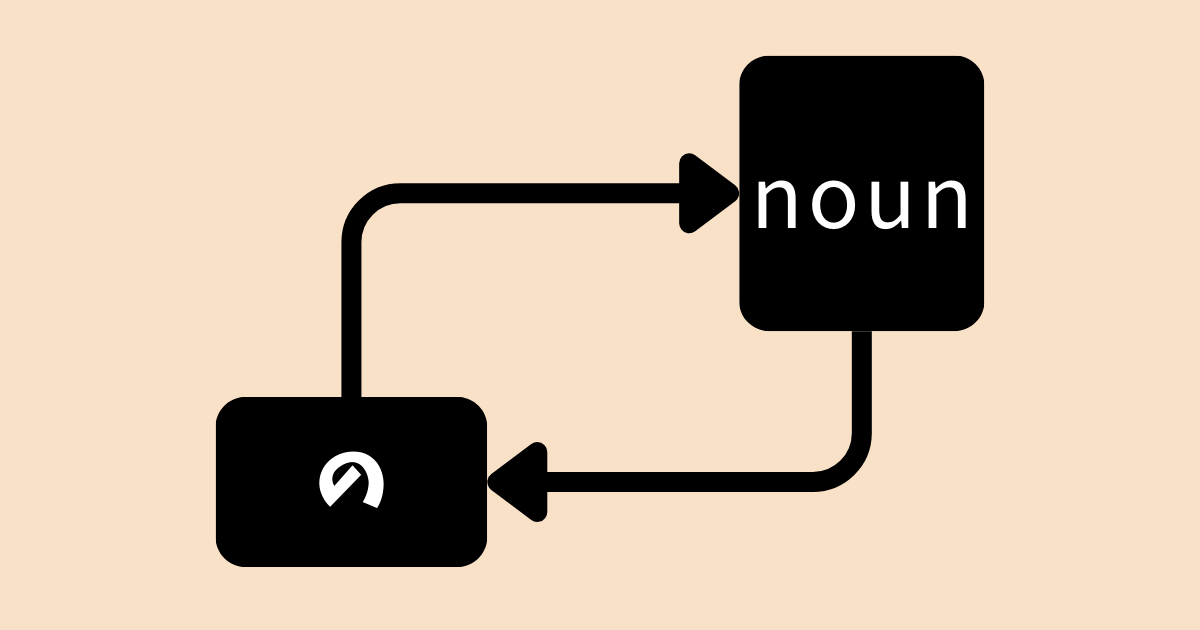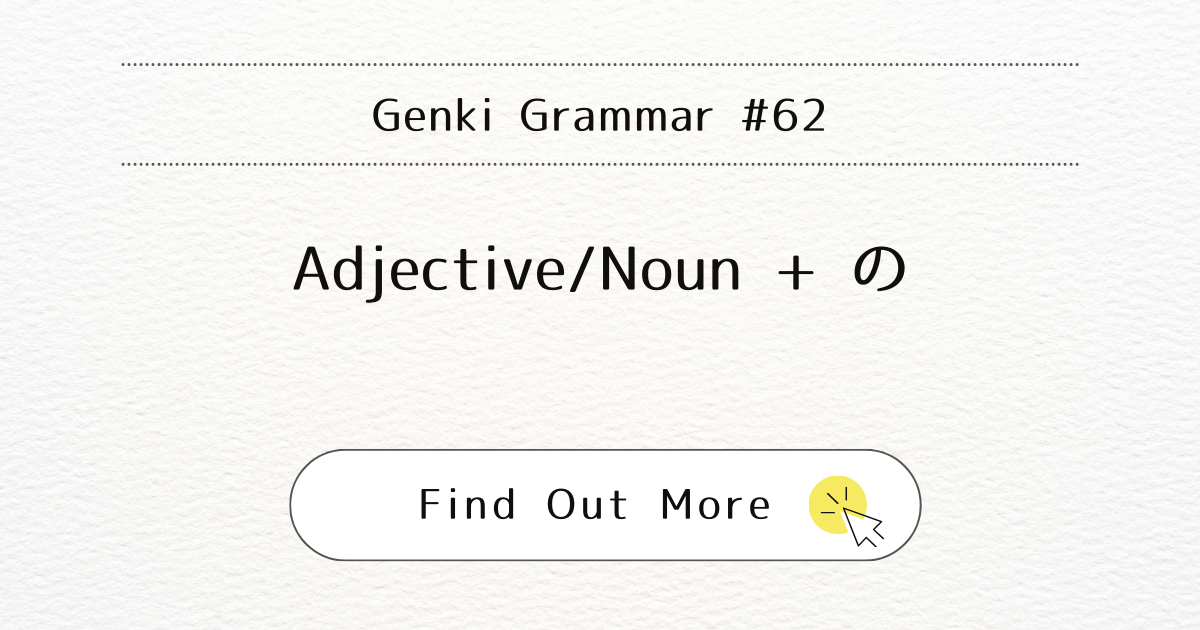
Introduction
In this blog post, we will learn how to use the particle “の” (no) to replace a noun when it’s clear what you are referring to. This helps avoid repetition in sentences. Mostly, “の” stands for things, not people.
What It Means
When a noun follows an adjective, and it is clear what you are referring to, you can replace the noun with “の” (no), which means “one” in English. This usage simplifies sentences and makes them sound more natural.
When You Use It
Use “の” (no) to replace a noun when the context makes it clear what you are talking about.
Examples
- Using “の” with I-Adjectives
私は赤いセーターを持っています。白いのも持っています。(Watashi wa akai seetaa o motteimasu. Shiroi no mo motteimasu.)- I have a red sweater. I have a white one, too.
- Using “の” with Na-Adjectives
りんごがたくさんあります。好きなものを持っていってください。(Ringo ga takusan arimasu. Suki na mono o motteitte kudasai.) - We have a lot of apples. Take the ones you like.
Grammar Structure
- い-adjective + noun → い-adjective + の
- な-adjective + noun → な-adjective + の
Note
When referring to people, use “人” (hito) instead of “の” (no). For example, 頭がいい人 (atama ga ii hito) means “smart people.” The use of “の” for people is limited to specific contexts like describing a person and then naming them, as in:
あそこで歌っているのは田中さんです。(Asoko de utatteiru no wa Tanaka-san desu.) The one who is singing over there is Tanaka.
Additional Usage of “の“ You can also use “の” to indicate possession, like “mine” or “yours,” and to describe things related to a place.

これはりくさんのかばんですか。(Kore wa Riku-san no kaban desu ka.) Is this Riku’s bag?

いいえ、それはマリアさんのかばんです。(Iie, sore wa Maria-san no kaban desu.) No, that is Maria’s bag.
アメリカの家のほうが日本の家より大きいです。(Amerika no ie no hou ga Nihon no ie yori ookii desu.) American houses are larger than Japanese houses.
Conclusion
Mastering the use of “の” (no) helps make your Japanese sound more natural and avoids repetition.



